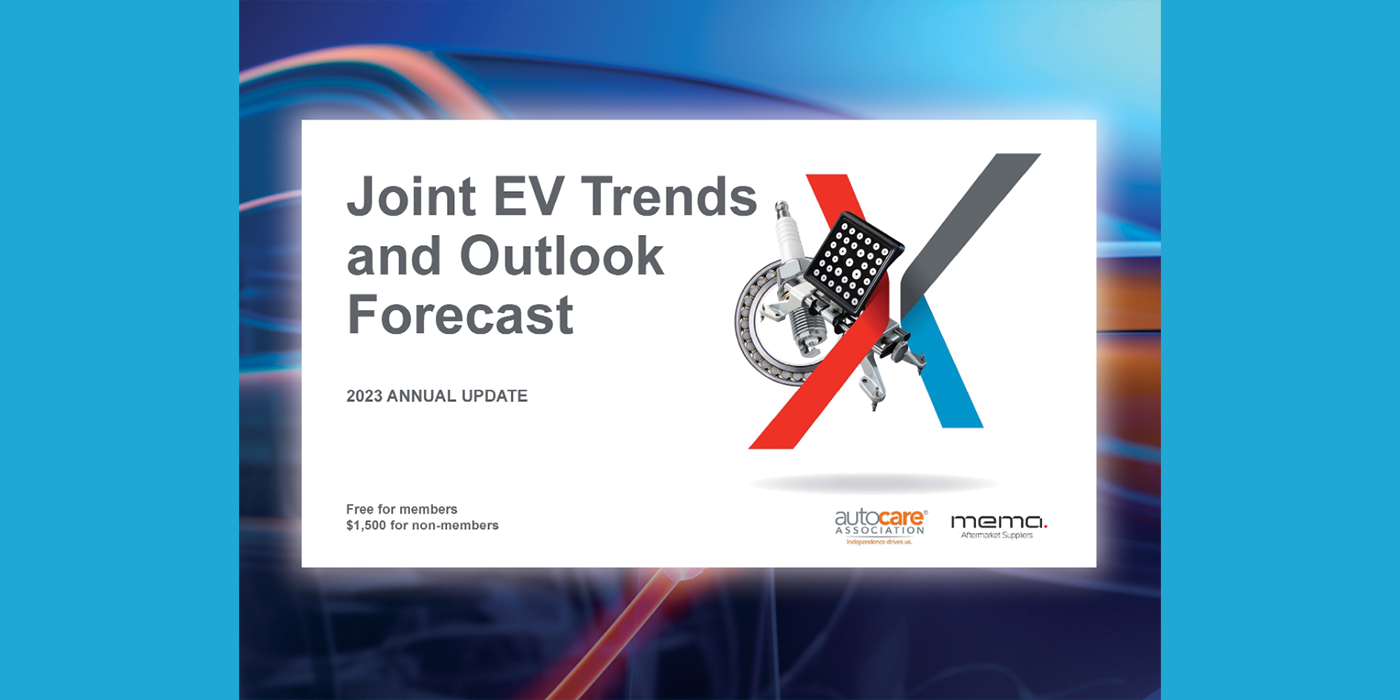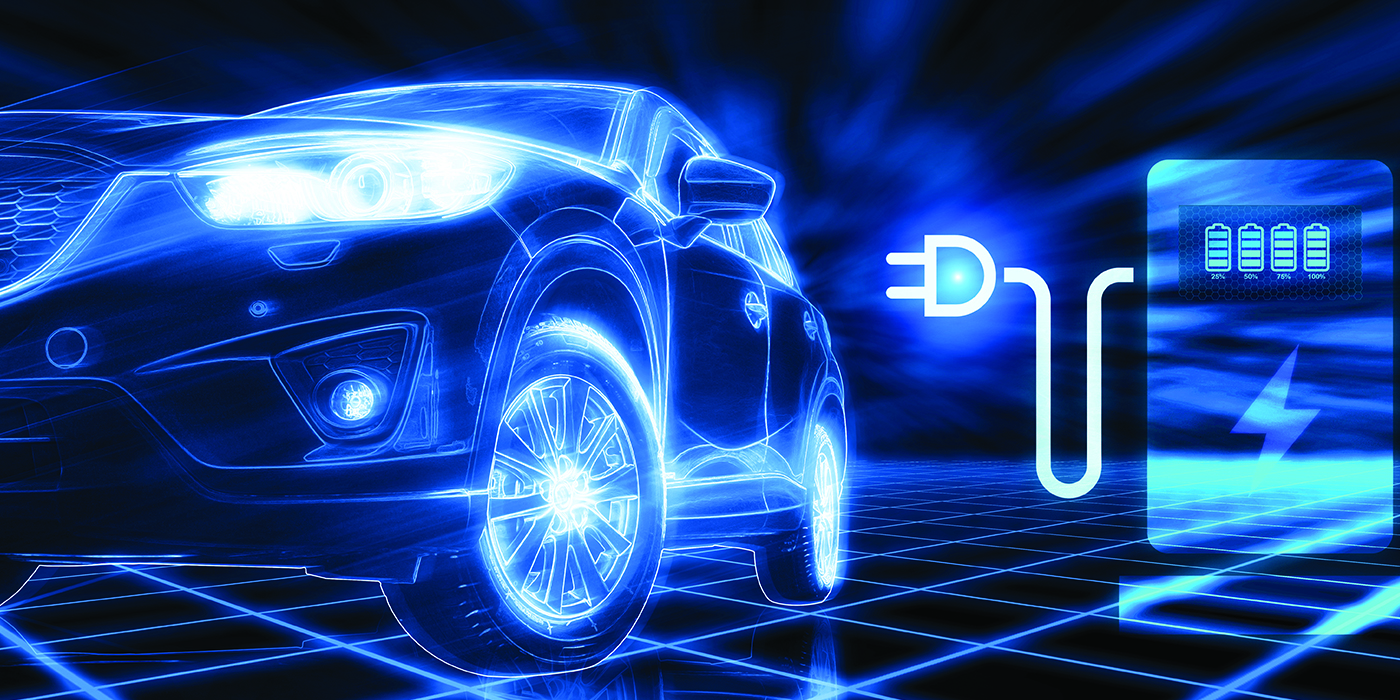In 2020, 10.46 million more connected cars will be added to roadways worldwide, sharing information. This will mark the year of 2020 as the advent of cooperative mobility, states global tech market advisory firm, ABI Research.
In its new whitepaper, 54 Technology Trends to Watch in 2020, ABI Research’s analysts have identified 35 trends that will shape the technology market and 19 others that, although attracting huge amounts of speculation and commentary, look less likely to move the needle over the next 12 months.
“After a tumultuous 2019 that was beset by many challenges, both integral to technology markets and derived from global market dynamics, 2020 looks set to be equally challenging,” said Stuart Carlaw, chief research officer at ABI Research.

What will happen in 2020:
The advent of cooperative mobility: “Driving is a multi-agent problem, with many of today’s accidents and inefficiencies due to poor communication and coordination between the various road users. The year 2020 will see the advent of more cooperative forms of mobility, with 107 million connected cars on the road starting to share data messages about road and traffic conditions to allow other connected vehicles to anticipate hazards and improve traffic flow,” said Maite Bezerra, Smart Mobility & Automotive Analyst at ABI Research.
The first phase will take the form of low-bandwidth, high-latency communication via the Long-Term Evolution (LTE) network between connected cars and data ingestion platforms to enable applications like ice and oil hazard warnings and lane-level traffic assistance. The year 2020 will see millions of connected cars deployed that both contribute data to these ingestion platforms and take advantage of the services that they enable.
The year 2020 will also see the first large-scale deployment of 802.11p V2X technology on the Volkswagen Golf in Europe, a model that typically ships in volumes of 450,000+ every year. This will enable low-bandwidth and low-latency broadcast communications between a growing number of connected cars to enable safety-critical collision avoidance.
Micro-mobility will take off: “In 2020, an increase in different micro-mobility transportation methods will be seen, even though the bike share market crashed in 2018,” said James Hodgson, Smart Mobility & Automotive Principal Analyst at ABI Research. The crash from China’s large market players, Mobike, Obike, and Ofo, encouraged European-and American-based service providers to ratify their market models so that they were not distributing at an aggressive rate.
The fallout of the Chinese vendors has also seen an increased number of other forms of transport being used for a service. “Micro-mobility methods of transportation, such as e-bikes and scooters, are now being marketed in the European and North American markets especially and are proving quite successful as providers plan to increase their fleet sizes,” sated Hodgson.
In 2020, we will see the improved micro-mobility market with increasingly different modes of transportation being introduced, though the shared bike will still lead to the tune of more than 26 million shared bike rides in 2020, worldwide.
What won’t happen in 2020:
SAE level 4, vision zero and shared mobility: “At one point, 2020 seemed a distant target, a long-term horizon over which the technology trends that have dominated the automotive scene for the last 10 years — electrification, connectivity, autonomous driving — would all have harmonized to deliver safer, more efficient transportation for all. It’s not going to happen in 2020, or much before 2025,” said Hodgson.
Indeed, there was good reason for optimism. Complementary Metal-Oxide-Semiconductor (CMOS) image cameras made Advanced Driver-Assistance Systems (ADAS) affordable, DL approaches and powerful computing made Autonomous Vehicle (AV) software development seem feasible, Tesla showed that connectivity meant more for automotive than eCall and traffic services, and Uber gave hope of a transportation future free from widespread car ownership.
Despite this, the world goes into 2020 with road accident casualties increasing, OEM spending on autonomous technologies contracting, connectivity enabling the same legacy infotainment applications, and ride hailing operations facing serious questions over profitability. The overall Connected, Autonomous, Shared and Electric (CASE) vision remains compelling, and most OEMs are staying the course, targeting 2025 or 2030 for the transition to connected, autonomous and electrified mobility.
For more trends that won’t happen in 2020, and the 35 trends that will, download the 54 Technology Trends to Watch in 2020 whitepaper.













